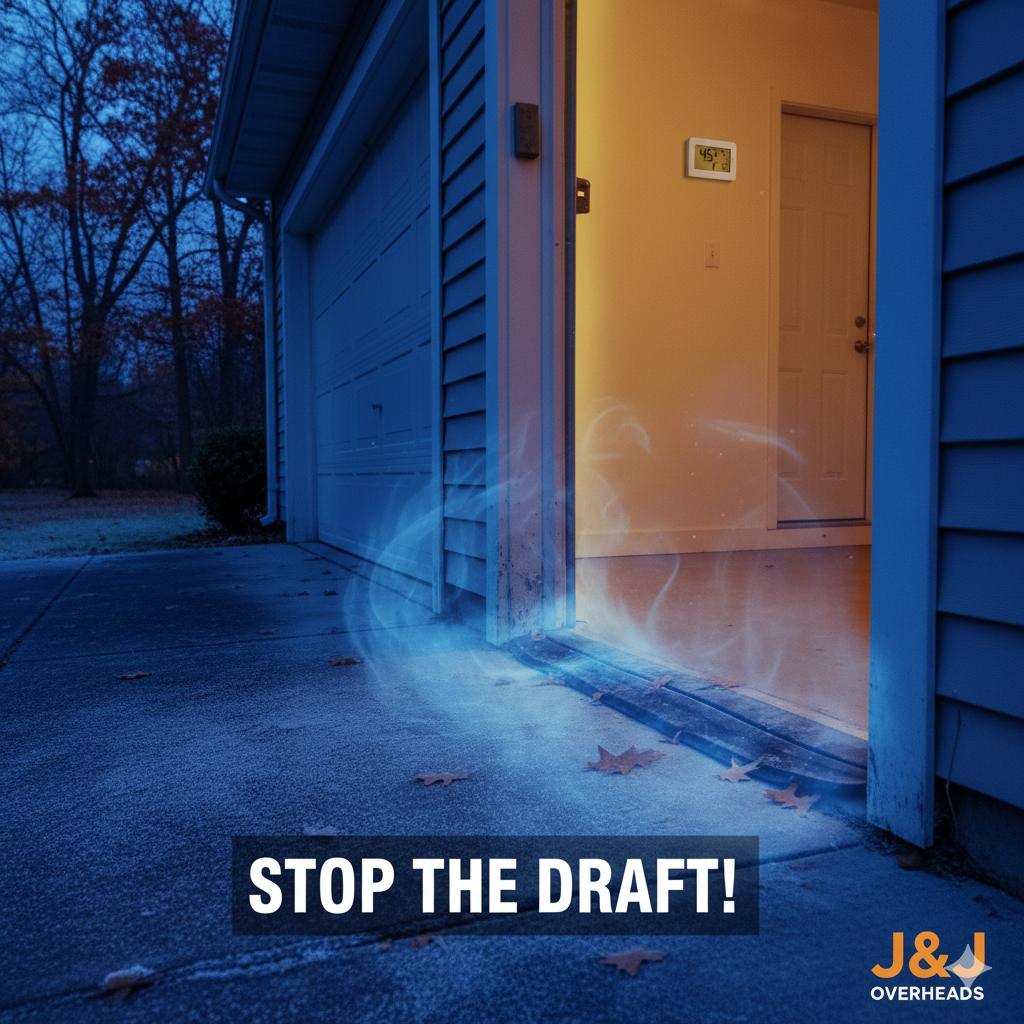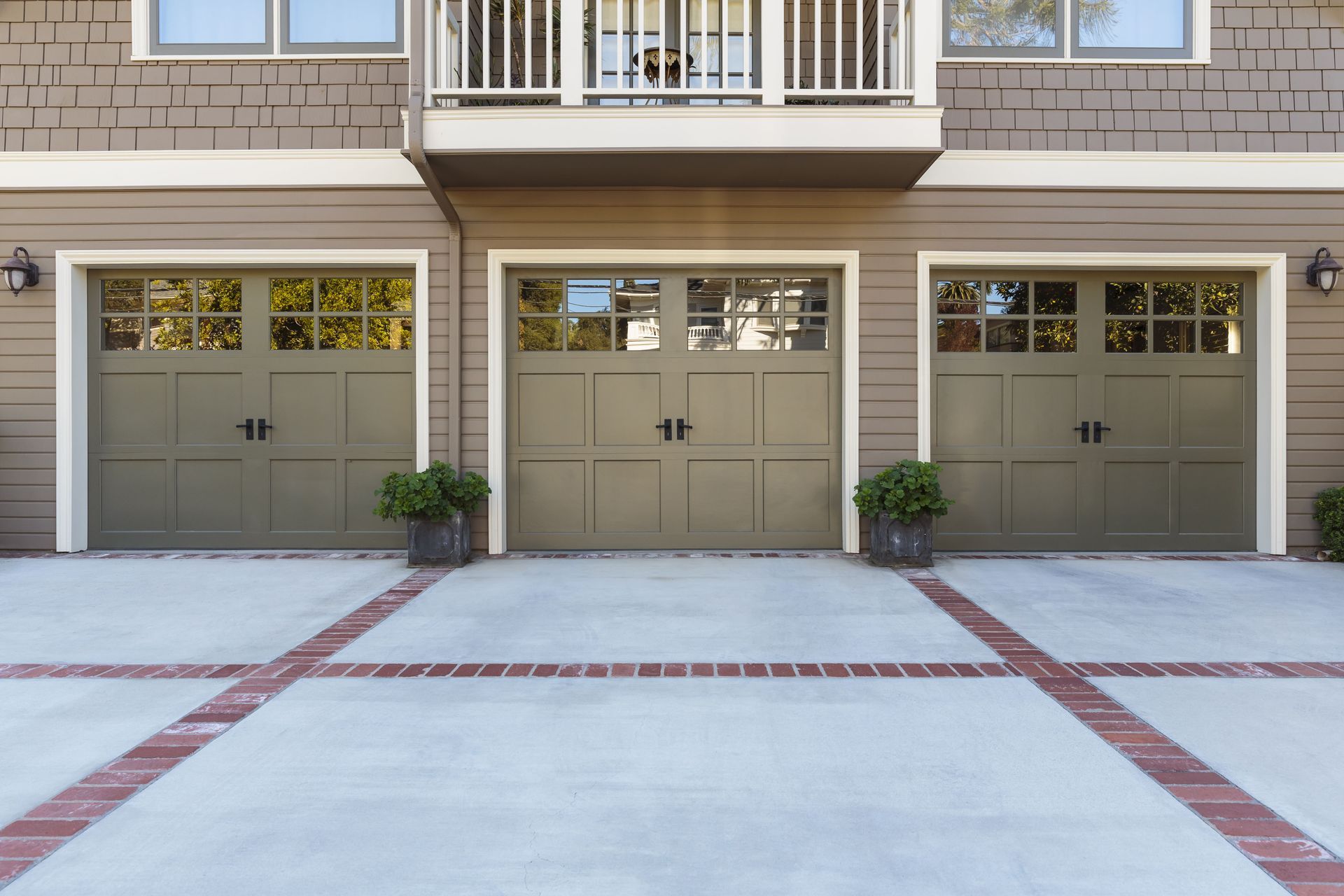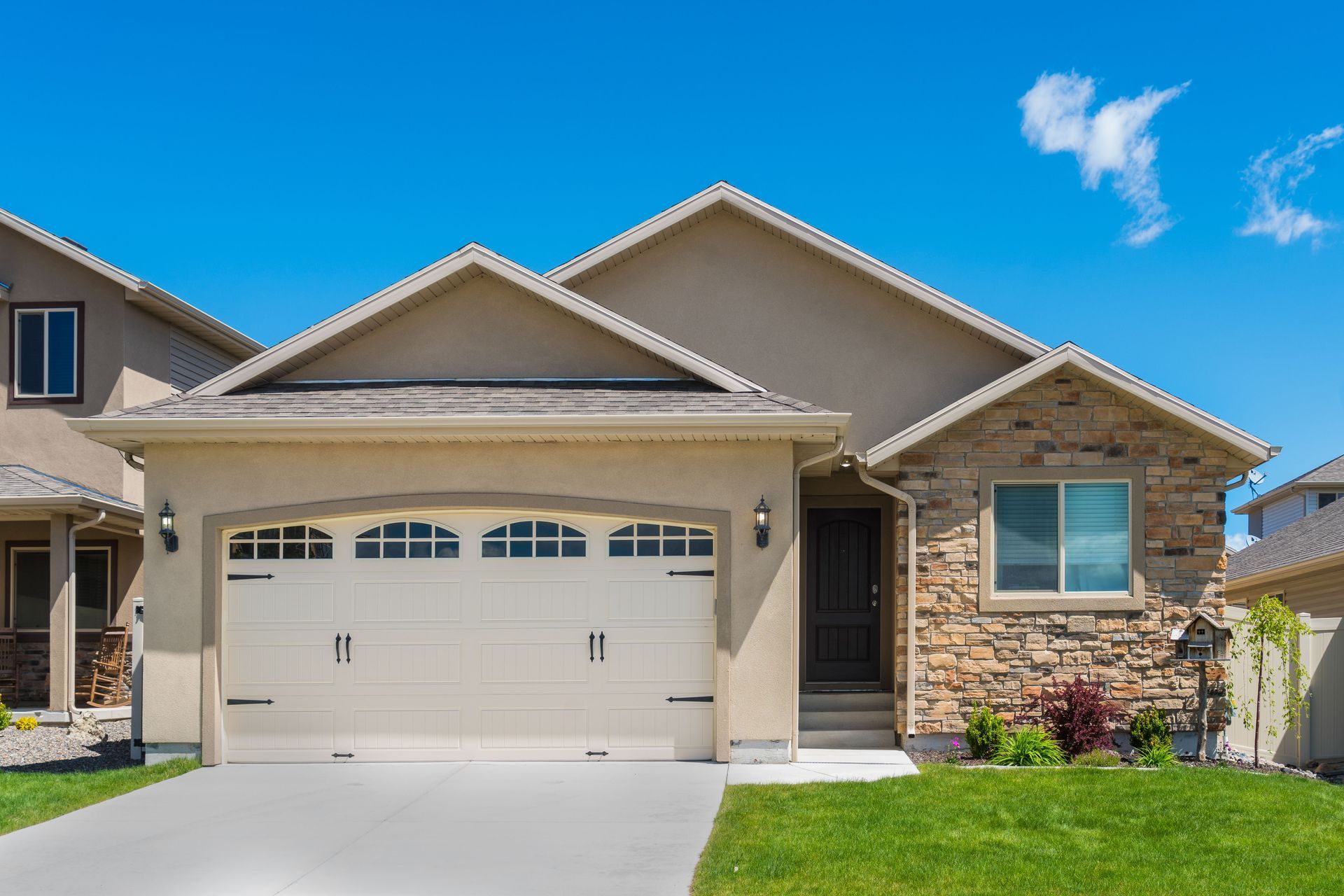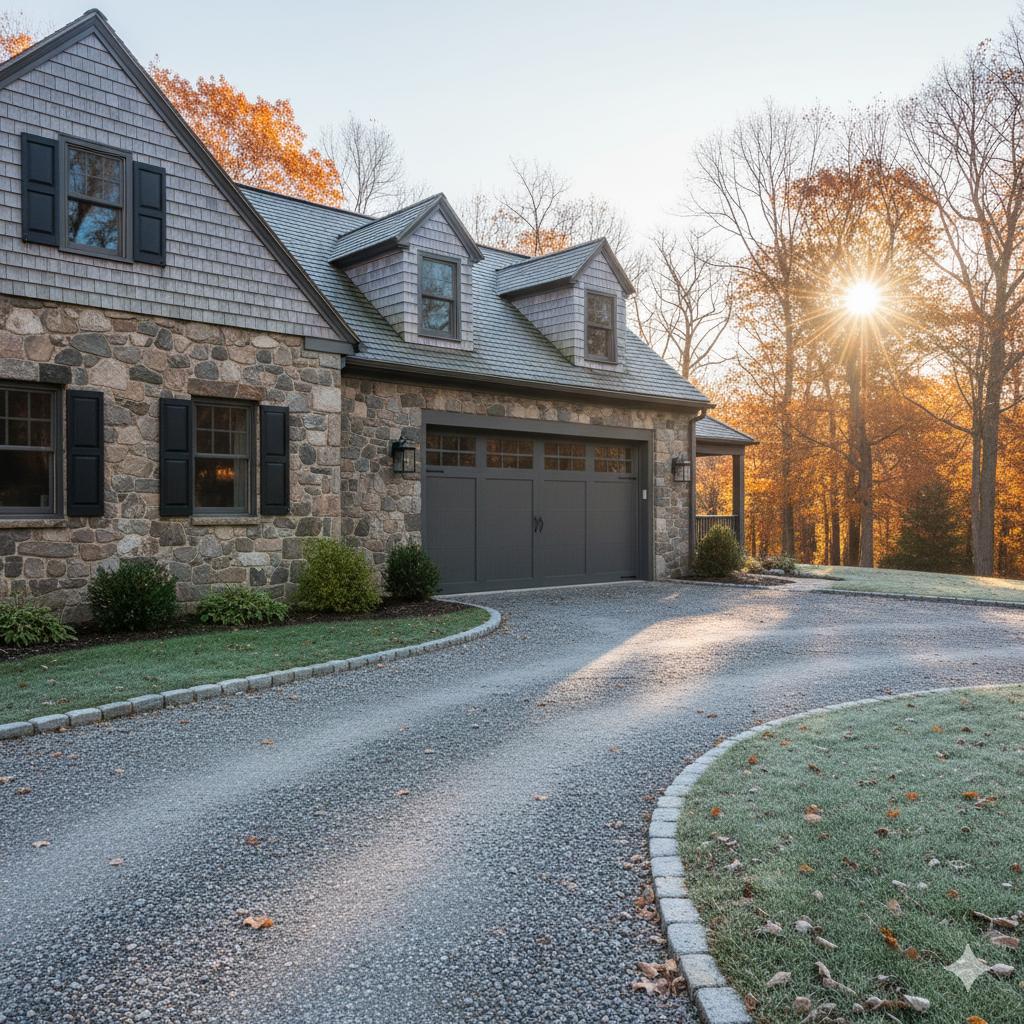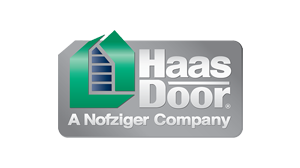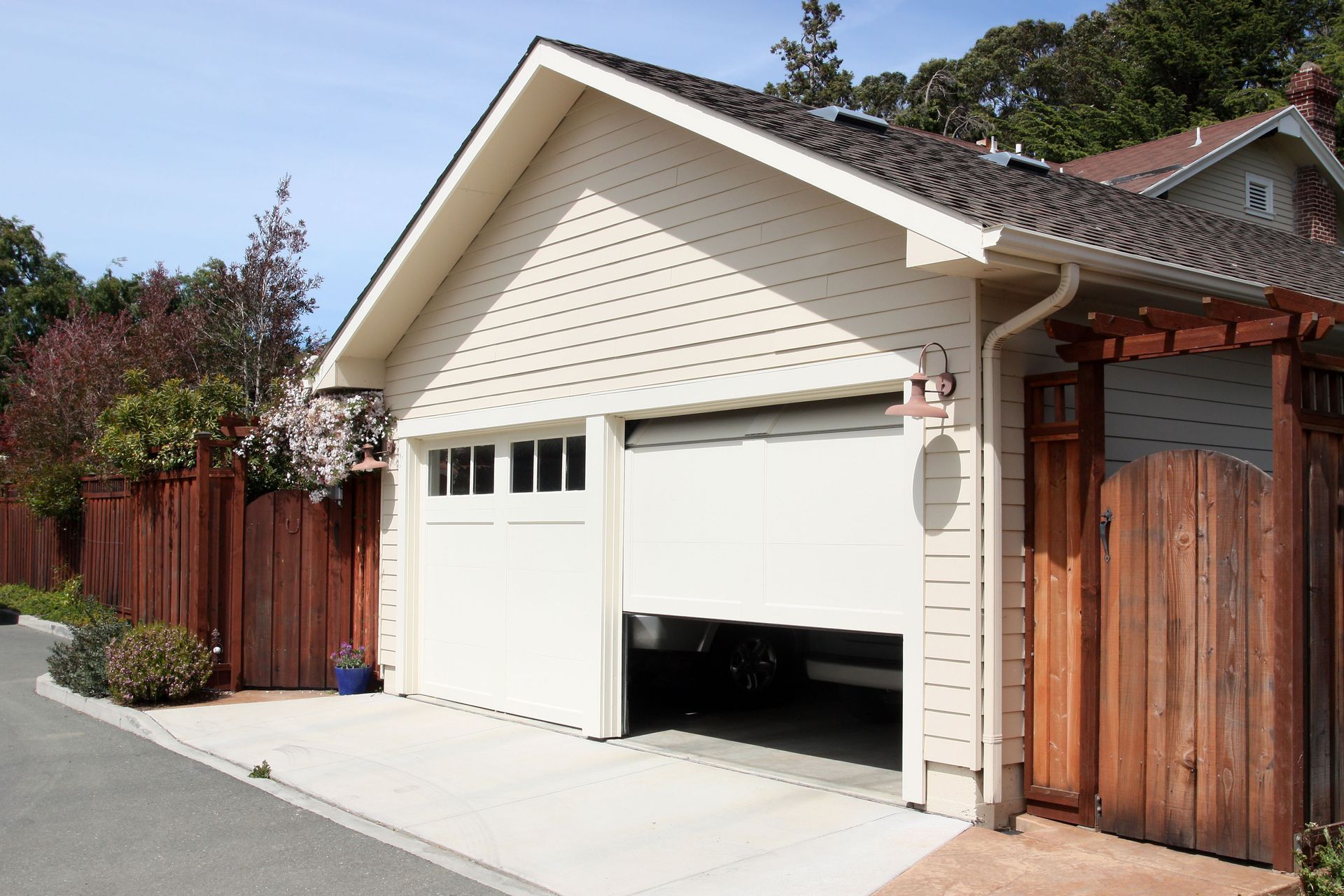November 3, 2025
Energy Savings This CT Winter!

As the crisp air of October turns into the biting chill of November here in Connecticut, you're likely thinking about one thing: keeping your house warm and your heating bill low. You've checked your windows, insulated your attic, and maybe even put plastic over sliding doors. But there's a huge, often overlooked hole in your home's energy shield: your garage door.
For J&J Overheads, we see firsthand how a poorly sealed or uninsulated garage door can be a major source of heat loss. Here is why your garage door is a crucial player in your winter energy savings and what you can do about it.
🥶 The "Phantom" Energy Leak: The Attached Garage Problem
If you have a garage attached to your home, the garage door is effectively an exterior wall of your house.
- The Unheated Buffer Zone: Your attached garage is an unheated space. This means the common wall and the ceiling between your heated living space and your cold garage are constantly trying to equalize the temperature.
- The Air Pressure Effect: Warm air from your house naturally rises (the "stack effect"). As it rises, it creates a slight negative pressure downstairs, especially drawing in cold air from the largest gaps—like the seal around your garage door—into the garage and potentially into the living areas through poorly sealed service doors or ducts.
- Wasted Money: Every degree of heat lost from the house into the garage is heat your furnace has to work harder to replace. This directly translates to higher utility bills every month.
🔍 3 Places Your Garage Door is Leaking Heat (And How to Fix It)
Your garage door isn't a solid barrier; it's a dynamic assembly of panels and seals. Here are the three most common weak points and what to look for:
1. The Bottom Seal (Weatherstripping)
This is the most critical seal. It's the rubber or vinyl gasket that runs along the entire bottom edge of your door, conforming to the concrete floor.
- The Problem: Over time, this material can become brittle, cracked, torn, or flattened by constant pressure and cold weather. If you can see daylight under the door, you have a major leak.
- J&J's Solution: We can install high-grade, flexible bottom seals specifically designed to remain pliable in freezing Connecticut temperatures, creating a tight seal against uneven concrete.
2. The Perimeter Seals (Jamb Seals)
These vinyl or rubber pieces are nailed to the exterior trim around the sides and top of the garage door opening.
- The Problem: Like the bottom seal, these can dry out, crack, or pull away from the framing, letting cold drafts stream into the garage.
- J&J's Solution: We inspect and replace damaged perimeter seals, ensuring they press firmly against the door when it's closed, blocking the large gap that exists between the door and the frame.
3. The Door Itself (Lack of Insulation)
Many older doors are made of a single layer of steel, aluminum, or wood, offering virtually no thermal resistance.
- The Problem: An uninsulated metal door allows heat to be transferred directly through the panel in a process called thermal bridging. It's like having a giant sheet of ice (or very cold metal) attached to your house.
- J&J's Solution: Consider an insulated garage door upgrade. Modern doors are built with layers of steel sandwiching a core of polyurethane or polystyrene foam. These doors boast high R-values (a measure of thermal resistance), dramatically reducing heat loss and making the garage usable even in the dead of winter.
✅ J&J Overheads' Pro-Grade Cold Weather Tune-Up
Don't wait until you're wrestling with a frozen-shut door or watching your heating bill spike. October and November are the ideal time for professional garage door maintenance.
Our J&J Overheads Fall Tune-Up is designed to maximize your energy savings and prevent breakdowns:
- Seal Inspection and Replacement: We check all bottom, top, and side seals and professionally replace any that are cracked or brittle.
- Hardware Check: We inspect all springs, cables, and rollers, ensuring they are properly lubricated with cold-weather-rated lubricant that won't freeze or gum up when the temperature plummets.
- Door Balance Check: We ensure the door is balanced, reducing strain on your opener, which can struggle to lift a heavy or imbalanced door in cold conditions.
Ready to stop the draft and start saving energy this winter? Contact J&J Overheads today to schedule your Fall Tune-Up or to explore our energy-saving line of insulated garage doors!
